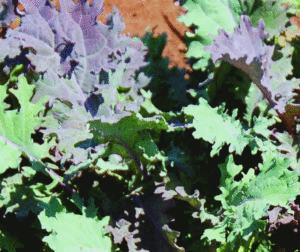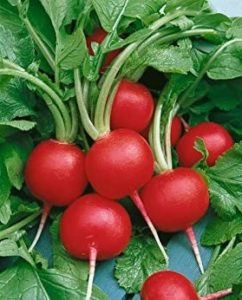Seed Saving Blog

Brassicas: A Big Family of Super-Foods to Grow This Fall
Looking to fill your root cellar this fall with nutrient dense crops that provide a jumbo dose of vitamins, minerals, phytochemicals and fiber, as well as delicious flavor? Plant a late crop of brassicas! Now is the time to prepare, as gardeners in the US plant their autumn crop of brassicas mid-July or August (depending on the climate and location).
In anticipation of cool season crops, the topic of this month’s Seed Saving Class with Bill McDorman and Greg Peterson is “Banking Those Brassicas.” Get your seed saving questions answered in the live Q&A session on Tuesday, July 20th at 5pm PST. Register at UrbanFarm.org/event/seeds-2021-07/.
Why are we so excited about brassicas?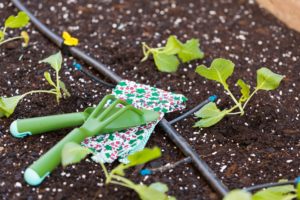
Brassicas are super-veggies belonging to a genus of plants in the mustard family, also known as cruciferous vegetables. From cabbage and cauliflower, kale and broccoli, to radishes and turnips (and let’s not forget arugula!), the brassica family contains a wide variety of root veggies and leafy greens.
Brassicas are packed with antioxidants, vitamin C, folic acid, potassium and iron, as well as cancer-fighting carotenoids. Experts recommend eating at least five servings of brassicas per week – the fresher, the better! What could be fresher than greens that are harvested in your garden and eaten the same day?
Autumn is a great time to grow brassicas. Many of the pests that feed on them in the spring and summer begin to go dormant as temperatures cool. If, however, caterpillars and other pests are active as your plants begin to grow, it can be helpful to cover them to the ground with floating row covers. Later in the season, these row covers can also provide some frost protection to extend the growing season.
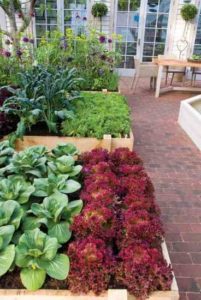
Brassicas tend to be heavy feeders that require regular doses of nitrogen. Plant them in areas of your garden that grew nitrogen-fixing legumes, such as a summer bean crop. On a regular schedule, apply natural sources of nitrogen, such as compost, leaf mold, composted grass clippings and coffee grounds. Supplement as needed with organic nitrogen fertilizers that release slowly, such as feather and bone meal, diluted fish emulsion or composted manures.
Brassicas appreciate efforts to keep them fed. But, beware! Too much nitrogen can cause the leaves to taste bitter and prevents heads from forming. Fresh manures, chemical fertilizers or undiluted fish emulsion release too much nitrogen too quickly, spelling the potential for a failed or unappetizing crop. Stick to the gentler sources previously mentioned.
Brassicas are easy to grow from seed. Many gardeners choose to start them indoors to get a head-start on the season. Others sow the seed directly in to their gardens. Either way, brassica seeds germinate best at temperatures 65-75ºF, but will germinate at temperatures as low as 50ºF.
Due to their popularity, easy growth and nutritional value, the Great American Seed Up provides a variety of brassicas in every seed bundle. Here are a few examples:
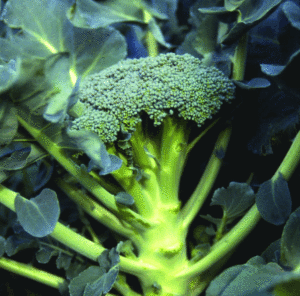 Waltham 29 Broccoli: An old heirloom variety, developed in the 1950 at the University of Massachusetts. It is sought after for its delicious flavor and cold tolerance. The blue-green heads form on long stalks surrounded by side shoots.
Waltham 29 Broccoli: An old heirloom variety, developed in the 1950 at the University of Massachusetts. It is sought after for its delicious flavor and cold tolerance. The blue-green heads form on long stalks surrounded by side shoots.
Red Russian Kale: A hardy but tender-leaved variety. Definitely a favorite for growers, it has frilly, blue-green leaves with purple veins. A large variety that grows sweeter in flavor after a frost.
Champion Radish: Not only does this large Cherry Belle type radish have a gorgeous bright red color, it also has a delicious, mild flavor. The plants are cold-resistant and fast growing (25 days). They stay crisp and sweet in storage.
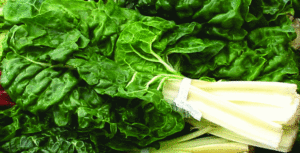 Fordhook Swiss Chard: A giant variety with heavy yields, prized for its tolerance to bolting and to cold. It has broad, strong stems and thick, tender leaves. Withstands light freezes and is able to over-winter in mild climates.
Fordhook Swiss Chard: A giant variety with heavy yields, prized for its tolerance to bolting and to cold. It has broad, strong stems and thick, tender leaves. Withstands light freezes and is able to over-winter in mild climates.
Rocket Ar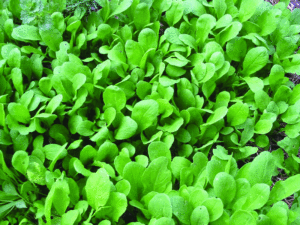 ugula: One of the most nutritious leafy-green vegetables, Rocket is a quick crop, maturing in just 40 days. It grows to a height of 2-3 feet and develops edible white flowers. The leaves have a mildly peppery flavor that add a spicy kick to salads and sandwiches.
ugula: One of the most nutritious leafy-green vegetables, Rocket is a quick crop, maturing in just 40 days. It grows to a height of 2-3 feet and develops edible white flowers. The leaves have a mildly peppery flavor that add a spicy kick to salads and sandwiches.
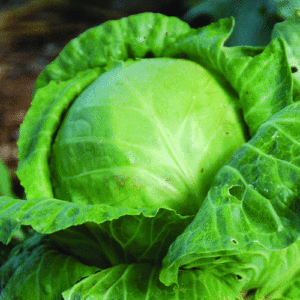 Golden Acre Cabbage: A compact round head cabbage that is suitable for close spacing (perfect for smaller gardens where space is a premium.) Delicate but crisp in texture, the leaves have a bright spicy flavor that mellows to buttery sweetness when cooked. GASU also offers a Red Acre cabbage similar to Golden Acre, but with reddish-purple heads.
Golden Acre Cabbage: A compact round head cabbage that is suitable for close spacing (perfect for smaller gardens where space is a premium.) Delicate but crisp in texture, the leaves have a bright spicy flavor that mellows to buttery sweetness when cooked. GASU also offers a Red Acre cabbage similar to Golden Acre, but with reddish-purple heads.
This is just a sample of the varieties that are available in our seed bundles. To view them all, visit the Great American Seed Up website at GreatAmericanSeedUp.org/product-category/bundles/
Recent Posts
- 2023 SEED LIST – Phoenix Seed Up Event October 27-28
- Seed Resources: Navigating the Abundance of Knowledge
- Seed List for the Phoenix Seed Up Event November 4-5, 2022
- Your Personal Seed Bank: Doomsday Vault or Your Best Shot at an Abundant Future?
- What is the Great American Seed Up??
- HOME GARDENERS FACE SEED SHORTAGES
- What In the World is Happening with Grain?
- Grains in Gardens & Other Skills to Learn & Share
